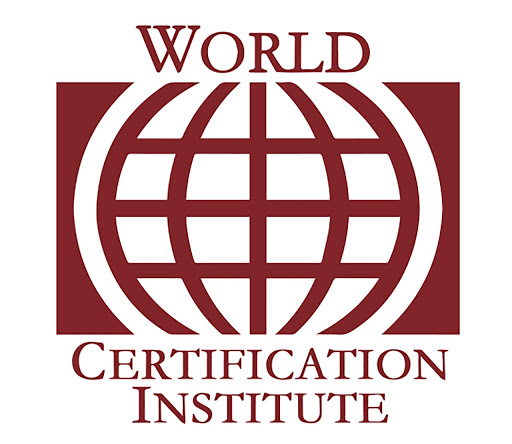Did you know 40 percent of the overall global workforce was thinking of leaving their job in 2021?
The educational industry has been suffering from certified and well-trained staffing shortages and teacher retention concerns for decades. Unfortunately, this has become worse during the pandemic. Also, throughout the global crisis, your staff will be worried, tensed, anxious, and scared too. So, as an educational leader, it’s up to you to set the tone for the communications with your staff as well as management.
Some of the major reasons for staff shortage are – low salaries, long working hours and so on. The scarcity of teachers is a crisis for the teaching occupation. It is also a serious problem for the whole education system. It troubles students, teachers, and the public education system altogether.
Managing A Staffing Shortage
The problem is complex and caused by several factors. Here are a few proven ways to address the issue -
- Understand Your Staff is Exhausted
It is needless to say a lot of teachers stay on despite low salaries because they love children. However, the pandemic has made that decision tougher. The pandemic has amplified the duration of the teacher workday and has forced a lot of teachers to sacrifice their health and safety. Nevertheless, leadership is exhausted as well. Try to retain your existing staff by rewarding their loyalty. Also, try to make every effort to deliver every teacher with professional time throughout the school day so that educators can work together with their peers.
- Show Your Staff You Care
Most of your teachers want to feel appreciated by you. It’s frequently more significant to an employee than salaries. Therefore, throughout a crisis, it’s even more vital to let your staff know you do care about their well-being. Let them know your school wants them to feel safe and secure, and that their health is the number one apprehension. Try to share with them your regaining plan and all the steps that you are taking to recover and flourish.
- Professional Support
Consider professional supports that reinforce your teachers’ sense of persistence, career development, and efficiency. Educational leadership and management course will support. Now it is extremely important to participate in professional development. You may think about some evocative “second jobs” like mentoring or coaching other educators, teaching evening classes, or leading induction programs.
- Establish Regular Communication
Regular communication is everything, throughout a crisis. Sometimes, the misinformation spread without straight communication channels with all staff. In a higher educational setting, try working with smaller groups or by subdivision. Boost staff to ask questions and express their apprehensions, requirements, worries, and family or work pressures. Perhaps they are unaware of new work procedures, such as working from home, or worried about learning new processes. Express your flexibility and willingness to adapt, it will be appreciated.
- Dropping Barriers
It is not a new thing that teachers’ mental health is at a vulnerable stage. But then again, there are few possible solutions. It is very much necessary to understand the fact that teachers can’t also be first responders. Right people who can deliver the correct involvements, including counselors, nurses, librarians, and paraprofessionals, who can help make schools healthier places, diminish behavioral issues, and expressively engage with parents as well.
The Bottom Line
Certainly, the pandemic has brought many challenges into people’s lives. Technology is important for most industries facing staff scarcities. Educational leadership and management course will help! Overcoming staff shortages means advancing the staff in as many ways as conceivable.









